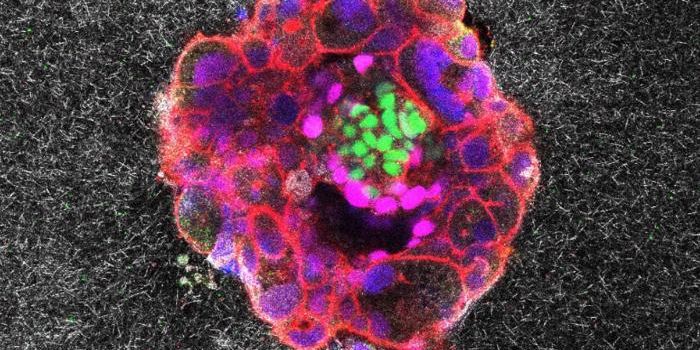Could Wolves Be Man's New Best Friend?
Our connection to canines goes back at least 15,000 years. A dog's affection for its human companion is a part of what makes it so appealing to us as humans. But that affection for man is not limited to just dogs; it also applies to wolves.
At Stockholm University, Sweden, researchers put 10 wolves and 12 dogs through a behavioral test explicitly designed to measure their attachment behaviors. Throughout the test, the wolves discriminated spontaneously between strangers and those they were familiar with, much like dogs do. They also displayed more affiliative and proximity-seeking behaviors toward a familiar person. On top of that, the familiar person was a calming presence to the wolves in stressful situations. This discovery contradicts the hypothesis that modern dogs lacked the necessary abilities to form an attachment with humans until we domesticated them.
The researchers were interested in learning about how behavior is influenced by domestication. To do so, they raised dog and wolf puppies from ten days old, putting them through various behavioral tests. For one of these tests, a stranger and a familiar person took turns entering and exiting a test room creating a situation for the animal that was both stressful and strange. This experiment aimed to create an unstable environment to see if attachment behaviors, like proximity seeking, would be stimulated.
For this Strange Situation Test, the researchers wanted to see if the dogs and wolves could discriminate between a stranger and a familiar person. Or, more specifically, did they display more affection and spend extra time greeting and in close contact with the familiar person instead of the stranger? If the dogs and wolves were to do this equally, it would suggest that this ability is not just unique to dogs.
And that is exactly what happened. Like the dogs, the wolves preferred the familiar person over the stranger. Interestingly, unlike the wolves, the testing situation did not affect the dogs as much. The wolves, on the other hand, were seen pacing in the test room. But, when a person familiar to the wolves, a hand raiser who had been with the wolves for their entire lives, reentered the room, the pacing stopped, indicating that the person familiar to the wolves acted as a sort of social stress barrier for the wolves.
These similarities found between wolves and dogs tell researchers about where dogs' behavior comes from, so it makes sense that wolves could connect with people in this way.
In the early stages of dog domestication, wolves that displayed an attachment toward humans may have had a selective advantage. The researchers plan to continue using the data they have collected over the past three years spent hand-raising dogs and wolves in identical conditions to further investigate the behavioral differences and similarities between dogs and wolves.
Sources: Science Daily, Stockholm University, Wiley Online Library









